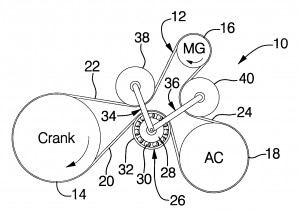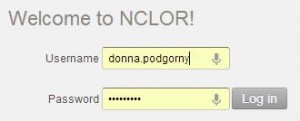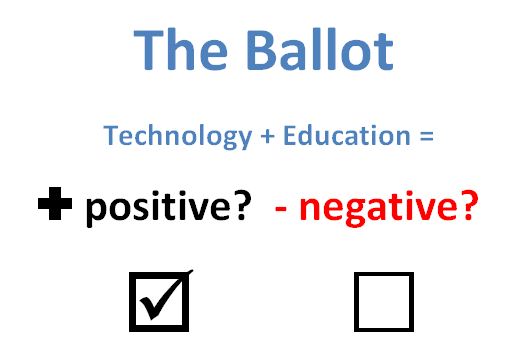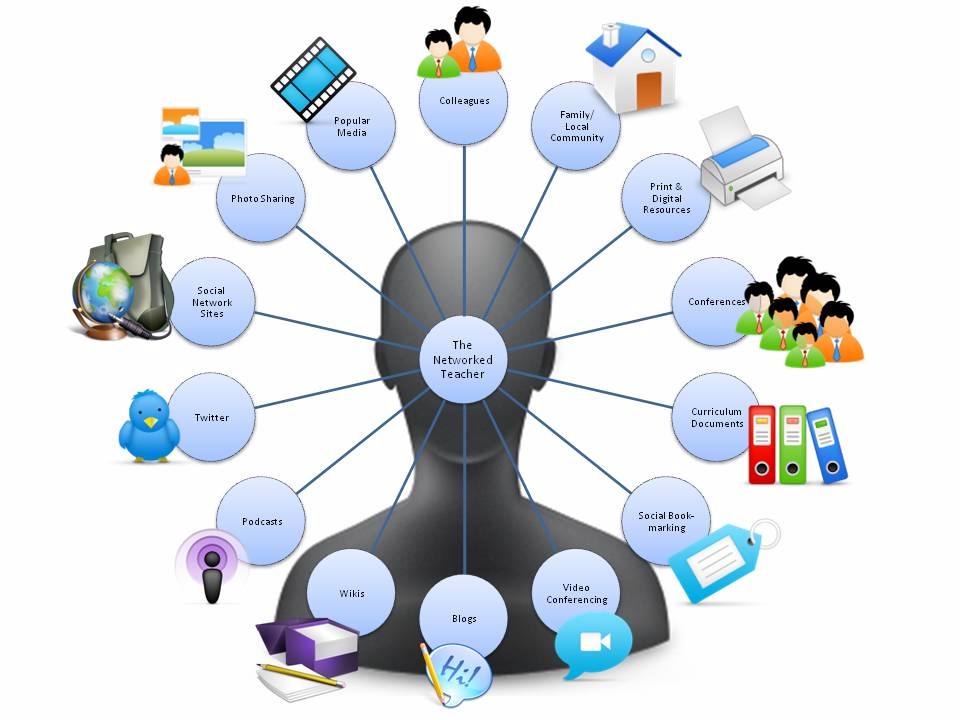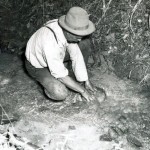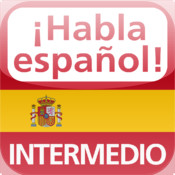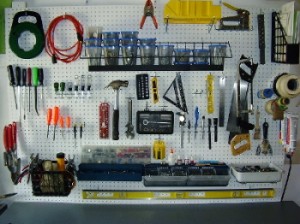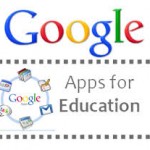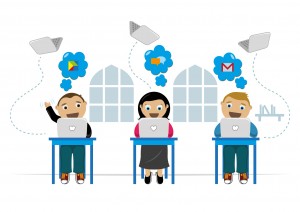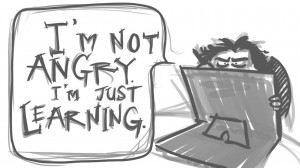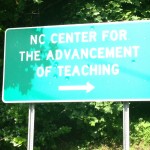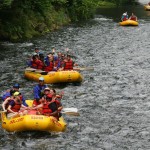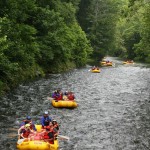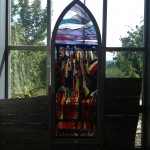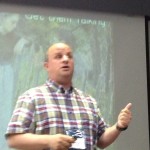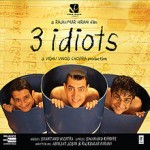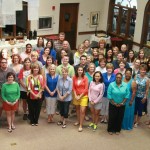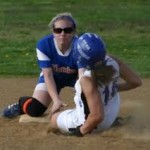 This summer has been like no other… with various pushes and pulls in many directions. I have interacted with many entities this summer. There has been PD from Kenan-lead sessions, many on technology, all lead by excited educators who are going places and pushing us off our previous paths and pulling us on-board. Those sessions pulled me in many new directions and pushed me to up my game and to be mindful of many new educational forces. There are the connections to DPI that have introduced us more closely to this newest tool in town: Home Base. There has been the participation in the Summer Institute in which we explored the value of the NC version of the Open Educational Resources rubric to guide vetting resources for Home Base as well as future locally shared resources. We also interact with CUACS (Center for Urban Affairs and Community Service), a group of professionals who are highly invested in the input and the quality of the Home Base resources who check and double check our work and redirect us when off task. Like I said, there has been push and pull in many directions.
This summer has been like no other… with various pushes and pulls in many directions. I have interacted with many entities this summer. There has been PD from Kenan-lead sessions, many on technology, all lead by excited educators who are going places and pushing us off our previous paths and pulling us on-board. Those sessions pulled me in many new directions and pushed me to up my game and to be mindful of many new educational forces. There are the connections to DPI that have introduced us more closely to this newest tool in town: Home Base. There has been the participation in the Summer Institute in which we explored the value of the NC version of the Open Educational Resources rubric to guide vetting resources for Home Base as well as future locally shared resources. We also interact with CUACS (Center for Urban Affairs and Community Service), a group of professionals who are highly invested in the input and the quality of the Home Base resources who check and double check our work and redirect us when off task. Like I said, there has been push and pull in many directions.
There is the computer screen I face daily and Ms. Google who spins me off into so many different directions. Then, there is “LOR and I” – my closest companion on this journey. LOR is the Learning Object Repository where I take the gold I find on the internet to market. I have spent MANY hours looking at LOR and typing, clicking, copying, pasting… If my gold is found worthy, it will be transferred to the “Bank” of Home Base.
Externship AHAs
- when I discovered a website with many good resources for Home Base.
- when I marvel at how savvy my mentor is.
- when hearing my Kenan Home Base fellows share how they analyzed the OER resources rubric.
- AHA when I heard Kenan Home Base fellow Jayne Stevens comment on the A for ART in STEAM resource thus connecting art to the sciences. Genius.
- When I note how my HomeBase Kenan fellows are so supportive and insightful.
Kenan Fellowship AHAs:
- when I saw the great tablet cases some of the Kenan Fellows have purchased.
- when Joni Allison taught me more about how to use my iphone.
- when Lisa Bolton explained how she is considering using the tech tool Classdojo with her elementary Spanish students to reward them for using Spanish in class.
- when I saw that my sail was not going anywhere on Jason O’s styrofoam boat.
AHA – there is still serious work to do… back to the keyboard, the internet searches and LOR.
AHA – when I tried to make a video on WeVideo about my LOR and I… with no success.
